Horseradish: Important Facts, Health Benefits, and Recipes
Explore the health benefits, history, and culinary uses of horseradish in our ultimate guide, and learn how to incorporate this pungent root into your daily life.
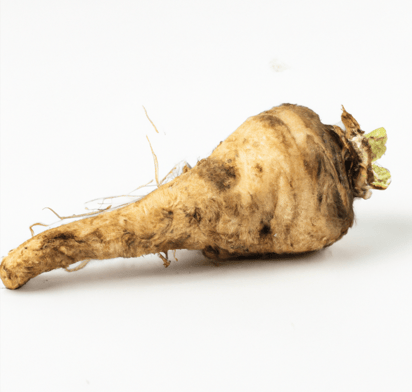
Best Horseradish Recipes
-
-
:max_bytes(150000):strip_icc()/__opt__aboutcom__coeus__resources__content_migration__serious_eats__seriouseats.com__recipes__images__2011__09__20110901-pork-belly-ctb-9f48d3d788724852b0cc3960cb6318de.jpg)
-
:max_bytes(150000):strip_icc()/__opt__aboutcom__coeus__resources__content_migration__serious_eats__seriouseats.com__recipes__images__2015__07__20150727-horseradish-vicky-wasik-14-2819caaee55a40cfab06ef8cd257094d.jpg)
-
:max_bytes(150000):strip_icc()/Kazunoko-Hideki-Ueha-56a5415d3df78cf772875983.jpg)
-

-
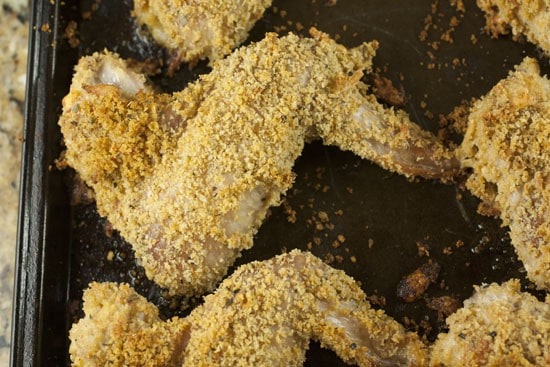
-

-
:max_bytes(150000):strip_icc()/blbeef173-58a47aaa5f9b58819c97b416.jpg)
-
![Bloody Marys {Sriracha-Spiked!} Image]()
-
![Horseradish Cream Recipe Image]()
-
![Polish Cwikla (Grated Horseradish With Beets) Recipe Image]()
-
![Bacon-Wrapped Shrimp Cocktail with Apricot Horseradish Dipping Sauce Recipe Image]()
-
![Bloody Mary-Flavored Gazpacho Recipe Image]()
-
![Classic Pot-au-Feu (French Boiled Beef and Vegetables) Recipe Image]()
-
![The Hot Pink Recipe Image]()
-
![Pressure Cooker Pot-au-Feu (French Boiled Beef and Vegetables) Recipe Image]()
-
![Spicy Red Juice Recipe Image]()
-
![The Best Bloody Mary Recipe Image]()
-
![Fire Cider Recipe Image]()
-
![Austro-Hungarian Cream of Horseradish Soup Recipe Image]()
-
![Apple Cider Vinegar Fire Tonic Image]()
-
![Fresh Tomato Bloody Mary Mix Recipe Image]()
-
![Homemade Spicy Remoulade Sauce Recipe Image]()
-
![Classic Tafelspitz Recipe Image]()
-
![Copycat Tiger Dill Sauce Image]()
-
![Kyoto White Saikyo Miso Ozoni (New Year's Mochi Soup) Image]()
-
![Roast Beef Tenderloin with Horseradish Image]()
-
![Champagne Mignonette Recipe Image]()
-
![Florida Stone Crab Claws with Orange Horseradish Sauce Image]()
-
![Florida Orange Horseradish Sauce Image]()
-
![Oysters on the Half Shell Recipe Image]()
-
![Spice Crusted Florida Tuna with Orange Horseradish Sauce Image]()
-
![Corned Beef and Cabbage Image]()
-
![Chorizo Burgers Image]()
-
![Spicy Beet Relish Image]()
-
![Maror Image]()
-
![Vegetable Cream Cheese Finger Sandwiches Recipe Image]()
-
![Bloody Mary Smoothie Recipe Image]()


:max_bytes(150000):strip_icc()/__opt__aboutcom__coeus__resources__content_migration__simply_recipes__uploads__2017__12__bloody-mary-horiz-a-1800-1e4e485c940c4ef9982f7d137e28505e.jpg)
:max_bytes(150000):strip_icc()/horseradishcream-56a5b18d3df78cf772897177.jpg)
:max_bytes(150000):strip_icc()/ChrainHalvedBeet-5ad4effba474be00368a52e2.jpg)
:max_bytes(150000):strip_icc()/__opt__aboutcom__coeus__resources__content_migration__serious_eats__seriouseats.com__recipes__images__2012__08__20120901-220046-sunday-brunch-bacon-shrimp-cocktail-1a0ceab7fdfb46ebb5e2e02b621febc7.jpg)
:max_bytes(150000):strip_icc()/__opt__aboutcom__coeus__resources__content_migration__serious_eats__seriouseats.com__recipes__images__2012__07__20120719-214359-sunday-brunch-bloody-mary-gazpacho-91b338b4f9b142b78a133a44236047df.jpg)
:max_bytes(150000):strip_icc()/__opt__aboutcom__coeus__resources__content_migration__serious_eats__seriouseats.com__2018__01__20171219-pot-au-feu-vicky-wasik-15-a39e4034c40649279cf0ce5ffc96e1f8.jpg)
:max_bytes(150000):strip_icc()/__opt__aboutcom__coeus__resources__content_migration__serious_eats__seriouseats.com__recipes__images__2013__10__20131026-271247-beet-celery-shrub-RIGHT-41b233afef5146319763b643efff7770.jpg)
:max_bytes(150000):strip_icc()/__opt__aboutcom__coeus__resources__content_migration__serious_eats__seriouseats.com__2018__01__20171219-pot-au-feu-vicky-wasik-11-2b3077e690e5467a912cacd0ed7d8df7.jpg)
:max_bytes(150000):strip_icc()/__opt__aboutcom__coeus__resources__content_migration__serious_eats__seriouseats.com__recipes__images__2013__12__20131218-the-spicy-red-juice-primary-6d1a177aac10491e8f088c9446763359.jpg)
:max_bytes(150000):strip_icc()/20230908-SEA-BloodyMary-TwoBites-hero-ace8a18066504a94ae50222dcedfc140.jpg)
:max_bytes(150000):strip_icc()/Fire_Cider_horz-0211b4cb16e7440688c7c2adcf1a7893.jpg)
:max_bytes(150000):strip_icc()/Cream-of-Horseradish-Soup-56a27aa03df78cf7727686dd.jpg)
:max_bytes(150000):strip_icc()/126548846-569fedb75f9b58eba4adf7d3.jpg)
:max_bytes(150000):strip_icc()/fresh-tomato-bloody-mary-2216224-Hero_01-39f379920e9d474ebdcf9e96f3e054f3.jpg)
/spicy-remoulade-56a5b2e73df78cf772897465.jpg)
:max_bytes(150000):strip_icc()/Tafelspitz-GettyImages-57042916-5a24d63bb39d030039d78bd8.jpg)
:max_bytes(150000):strip_icc()/GettyImages-469597334-5e1fe051ad214648855a39c8d9c69841.jpg)
:max_bytes(150000):strip_icc()/Imagenavi-GettyImages-122675671-56a542743df78cf772875b58.jpg)

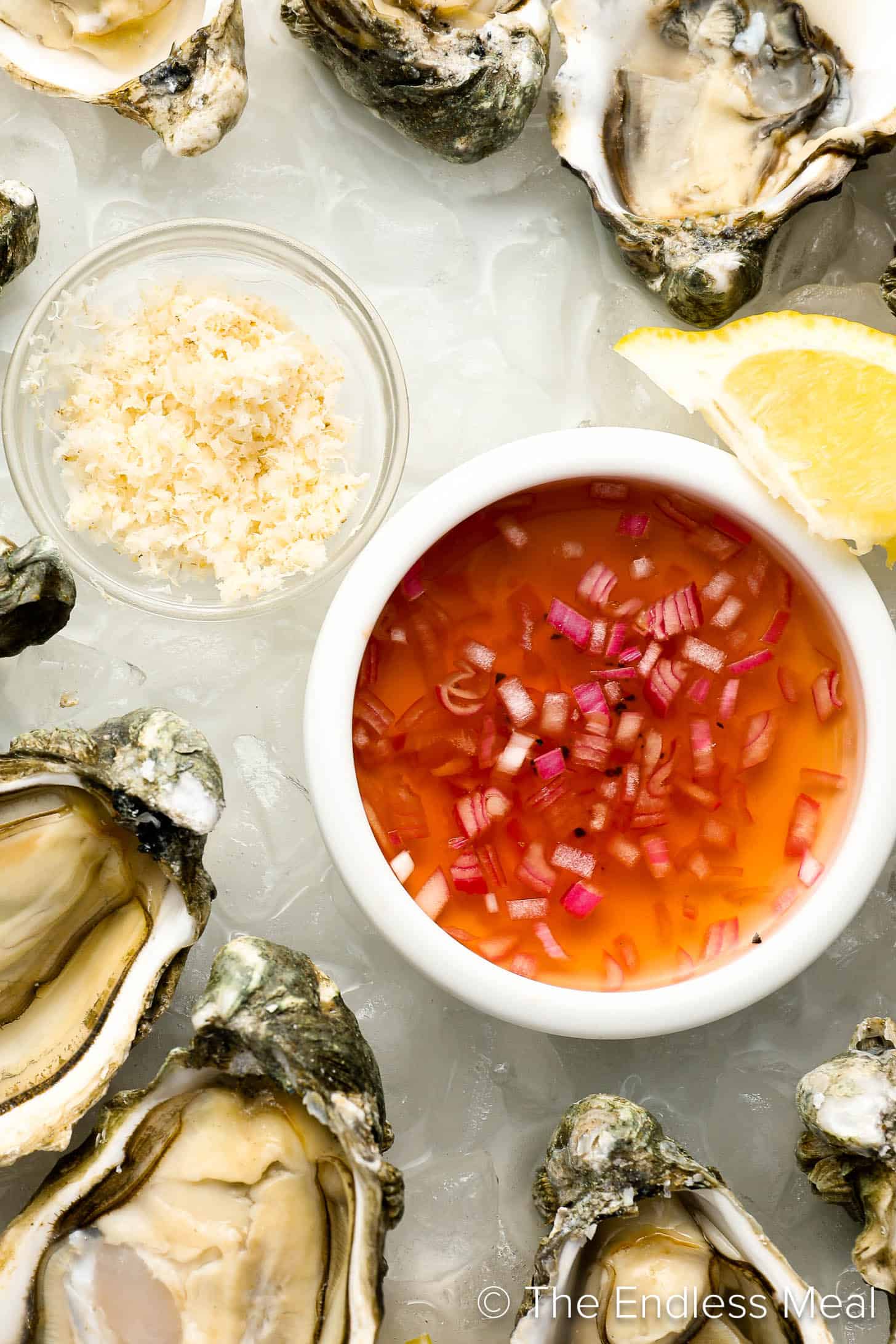

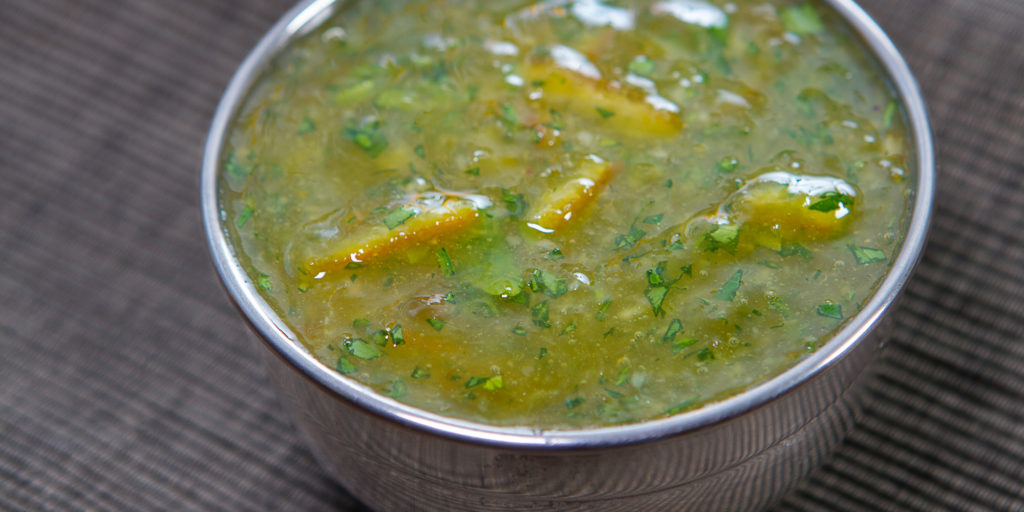
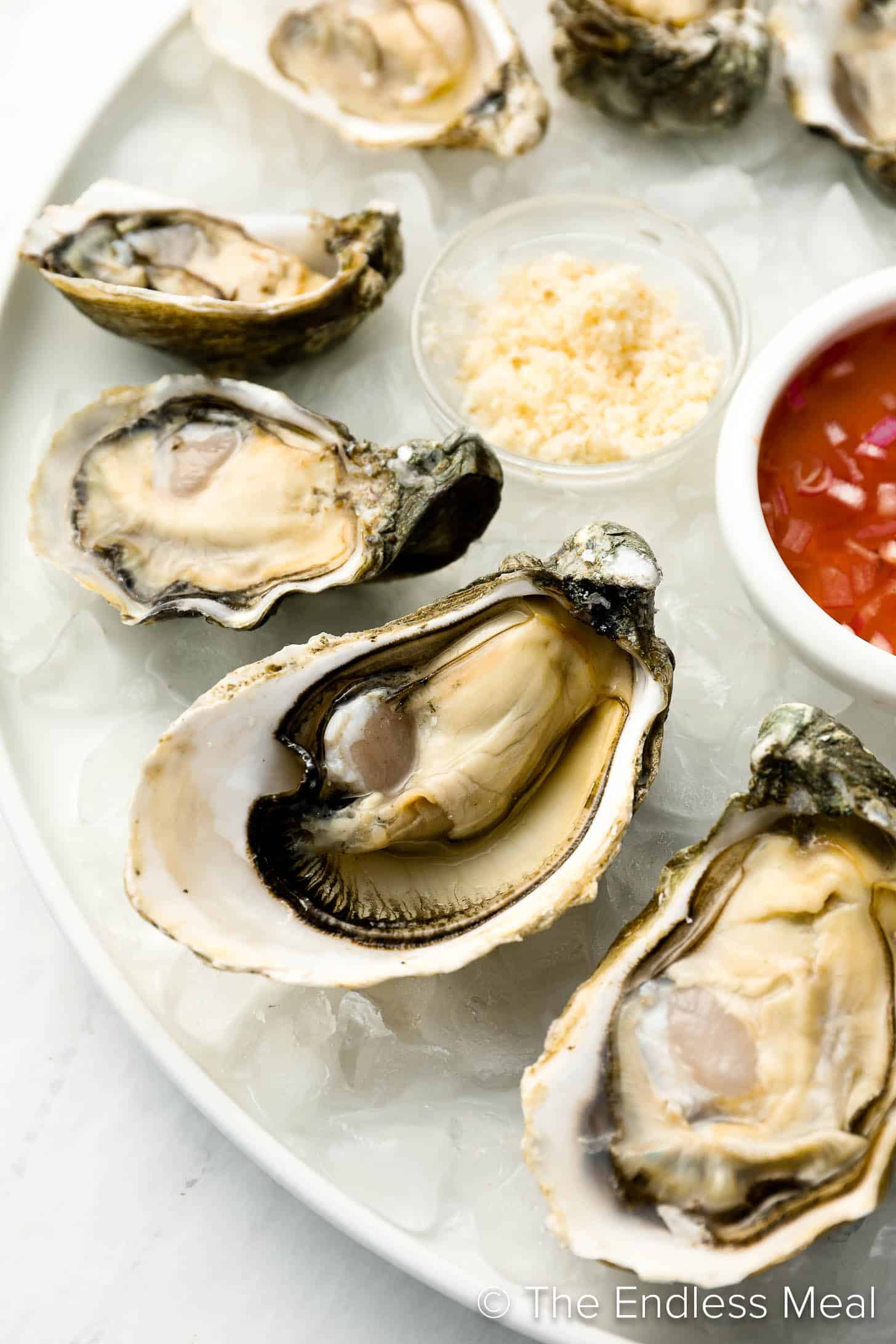



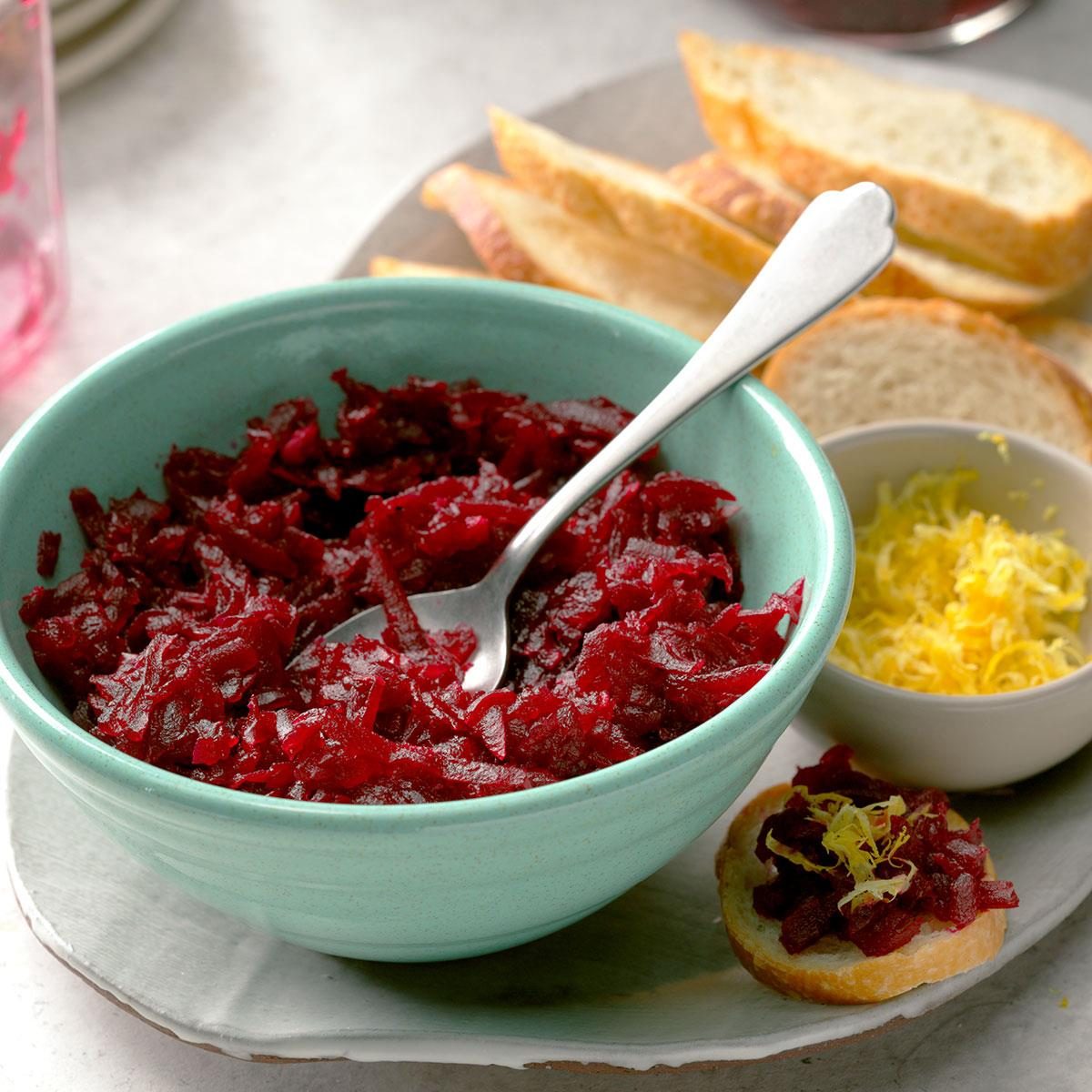

:max_bytes(150000):strip_icc()/veggie-cream-cheese-finger-sandwiches-recipe-765631-hero-03_edit-a72f0d4b948c464eb504cf3af2b54b12.jpg)
:max_bytes(150000):strip_icc()/__opt__aboutcom__coeus__resources__content_migration__simply_recipes__uploads__2017__01__bloody-mary-smoothie-horiz-a-1800-12fc34a20f8941779e125dad9a9c4d2a.jpg)